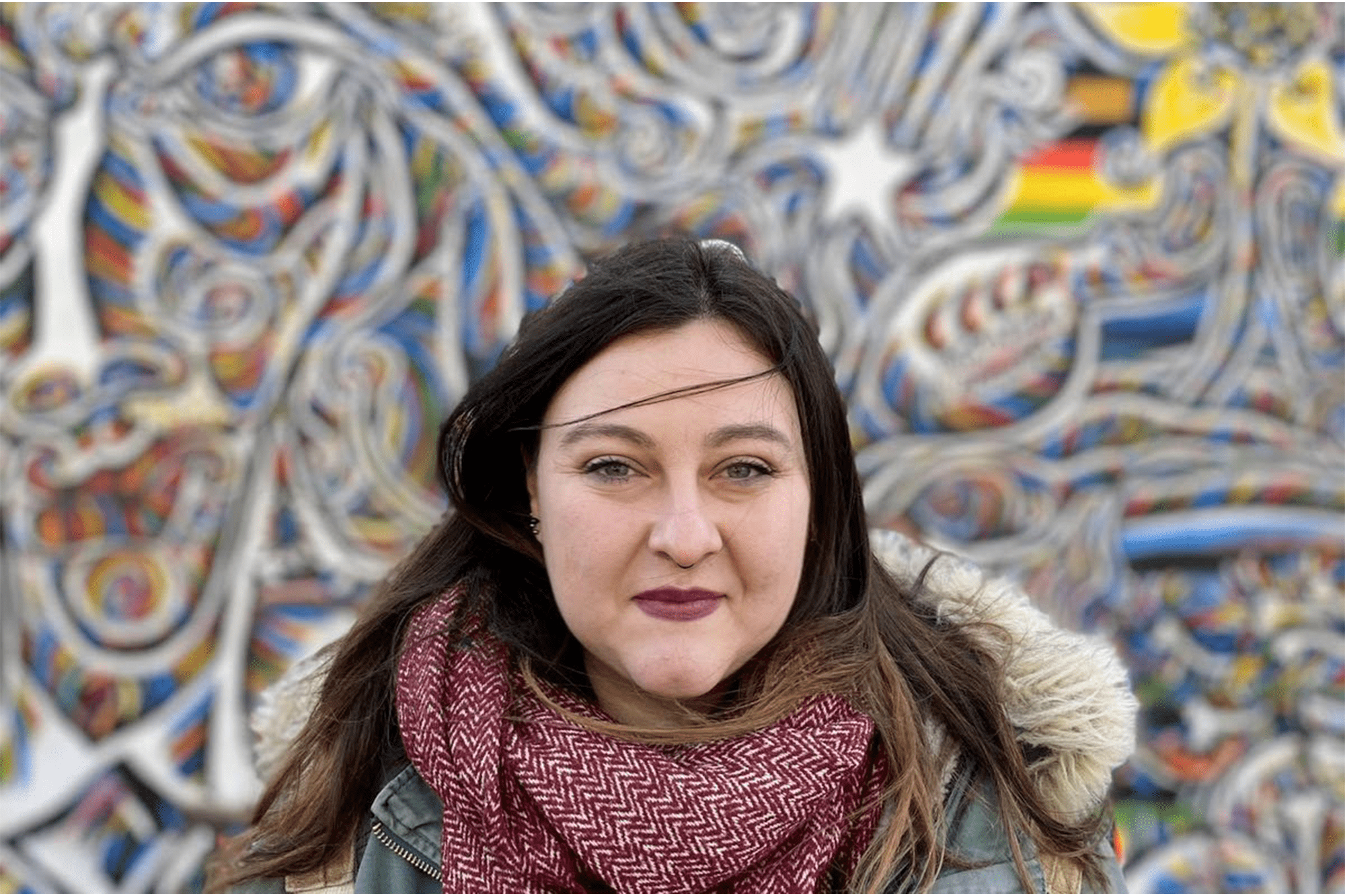
‘Plants do have immune systems or immune responses, and a lot of people don’t realize that,’ explains Efthymia ‘Effie’ Symeondi.
“They have a pretty complicated and well-defined system for responding to pathogens.”
The post-doctoral researcher in the School of Biological Sciences is this year’s recipient of the College of Science Outstanding Post-Doc Award.
Symeondi’s fascination with genetics has led her to research an impressive variety of topics, eventually bringing her to Talia Karasov’s Lab at the University of Utah in 2020.
Her research is focused on investigating the complex interactions between plants and microbes, particularly the effectiveness of certain microbes as pathogens, and plants’ unique immune responses to them:
Because microbial pathogens have the ability to evolve very quickly, the research on them must be dynamic as well. One of the powerful implications of these studies applies to agricultural crops, which can be particularly vulnerable to infection. “When a farmer grows a crop that is a monoculture, it’s a single genotype,” says Symeondi. “So the moment there is a microbe that can cause disease in this culture, it wipes out the whole field.”
In order to understand these outbreaks, it is critical to decipher the mechanisms of these microbes, especially why they are pathogenic in one genotype versus another. In the future, Symeondi hopes to expand this research in order to inform farmers about how best to protect their crops: “We would like to utilize agricultural data and collaborate with different labs to see if we can predict outbreaks, and use different genotypes to prevent pathogen spread” she says.
Presently, Symeondi is grateful to have the lab running smoothly post-pandemic (she arrived in Utah in October 2020 when Covid-19 was still wreaking havoc) and is excited to be expanding the scope of her studies. When she isn’t busy exploring plant genetics, Symeondi loves to be in the outdoors, hiking, visiting national parks, and spending time with her dog, Muninn.
By Julia St. Andre
